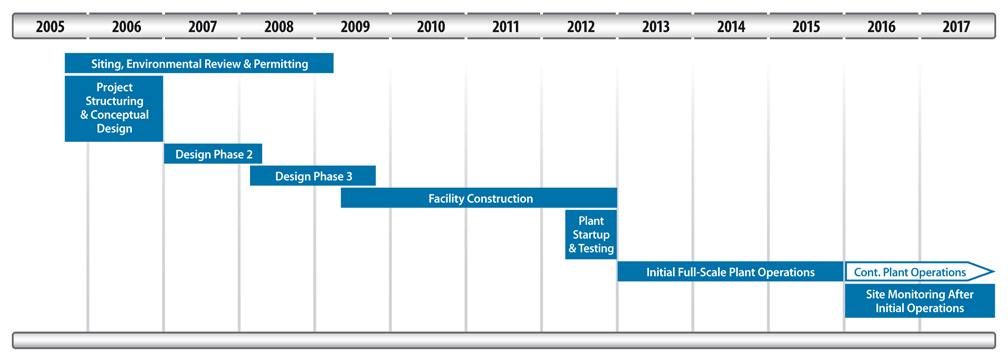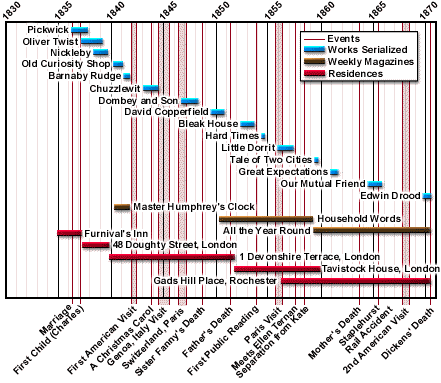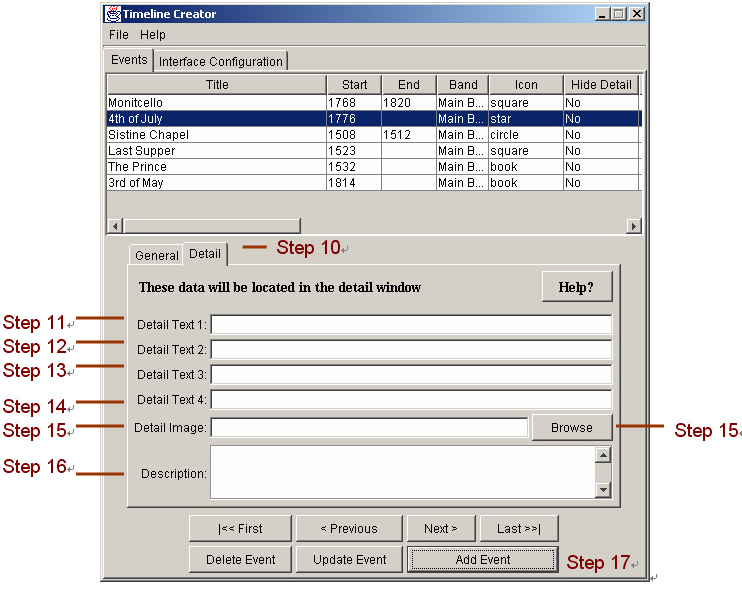TAO of Multimedia


The TAO of Multimedia
How to model, store, retrieve, present, distribute multimedia information?
Models: How to model multimedia information.
Storage Management: How to store multimedia information.
Content-Based Retrieval: How to retrieve multimedia information.
Presentation of Multimedia Objects: How to present multimedia information.
Multimedia Communications: How to distribute multimedia information.
Relations among Temporal Objects
Time Line Examples



James Allen's Temporal Relations

Recent technological advances:
Mobile communications: communicate anywhere anytime
Sensor networks: monitor objects anywhere anytime
Search engines: search for information anywhere anytime
How to bridge the gap between communications and intelligence?
That is the question.
Observation: With sensors, situated computing becomes a reality.
Hard problems requiring high degree of intelligence, can be
replaced by distributed intelligence where only low level
of intelligence is needed.
Key observation:
Creation and maintenance of relationships among multimedia objects, this
is the ultimate objective.
Example:
The infrastructure of a crime-prevention community network can be based upon a distributed multimedia system.
- Sensors
- Microbot
- Global positioning system
- IC card
The crime-prevension community network supports the detection of significant
events, by creating and maintaining relationships among multimedia objects.
Tele-action objects
Each media object can be enhanced by an index cell.
Index cell behaves like agents, but there can be numerous index cells.
Objects can perform actions by themselves.
Objects obvisouly contain multimedia data.
Therefore, "intelligence" is distributed to the tele-action objects.
A distribtued multimedia system is necessarily a distributed intelligence system.
Key Applications:
distance learning
tele-medicine
digital library
community network
Modeling of Multimedia Objects
Media object: An object whose type is a single media.
Multimedia object: A complex object consists of many media objects.
Hyperstructure of multimedia objects: need to capture both the
spatial and the temporal aspects.





